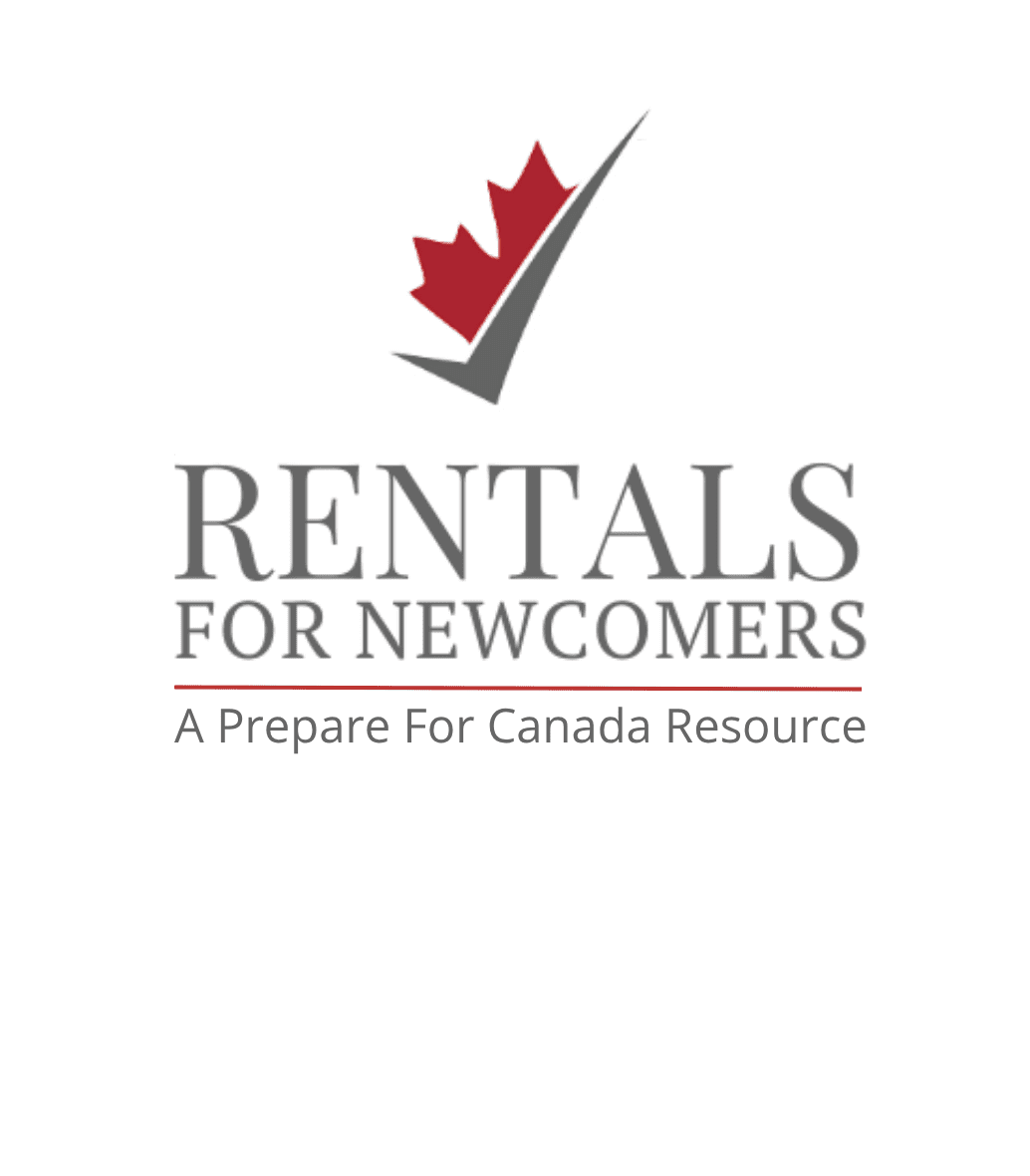3. Improve Your Credentials and Skills (If Needed)
If you need to strengthen your qualifications:
Take English/French language training:
You may be eligible for the Language Instruction for Newcomers to Canada (LINC) program. Otherwise, you can find other free or affordable classes in English as a Second Language (ESL) or French as a Second Language (FSL) classes through school boards or settlement agencies.
There are language courses to teach you professional terminologies, such as Enhanced Language Training (ELT) and Occupation Specific Language Training (OSLT) in Ontario. And, if you already speak one of Canada’s two official languages at a high level, learning the other one is a good option for better job opportunities.
Bridging Programs for Architects:
Bridging programs help transition your international experience and training to the Canadian workplace. Many colleges, universities, and immigrant-serving agencies offer bridging programs or workshops.
Ontario
JVS Toronto
Bridge Training for Immigrant Professionals Leveraging Architectural Knowledge for New Opportunities (I-PLAN)
This 14-week bridge training program helps internationally educated professionals find employment in the architectural field. Program components include architectural academic training, Enhanced Language Training (ELT), Canadian Workplace Essentials (CWE), employment services, mentoring, and internship placements.
Humber College
Engineering/Architecture Skills Enhancement Bridging Program
This 15-week bridging program is for internationally trained professionals with education and experience in engineering, architecture, or related professions. The program includes Occupation Specific Language Training (OSLT), Canadian workplace culture, career planning, job search, and mentorship opportunities.
Many architects continue their education in Canada. If you plan to enroll in a college or university program, contact the school you plan to attend and find out what steps to take. Check if they want you to use a specific credential assessment agency. Using unrecognized agencies can end up costing you more money.
Highlight your international education and skills, and build on your existing knowledge and skills. Explore your options before deciding to continue your education. You may be able to get advanced standing, transfer some of your credits, and benefit from prior learning assessment options to gain credit or course exemptions. This will allow you to complete your program faster, without spending more on education than you already have.



















































